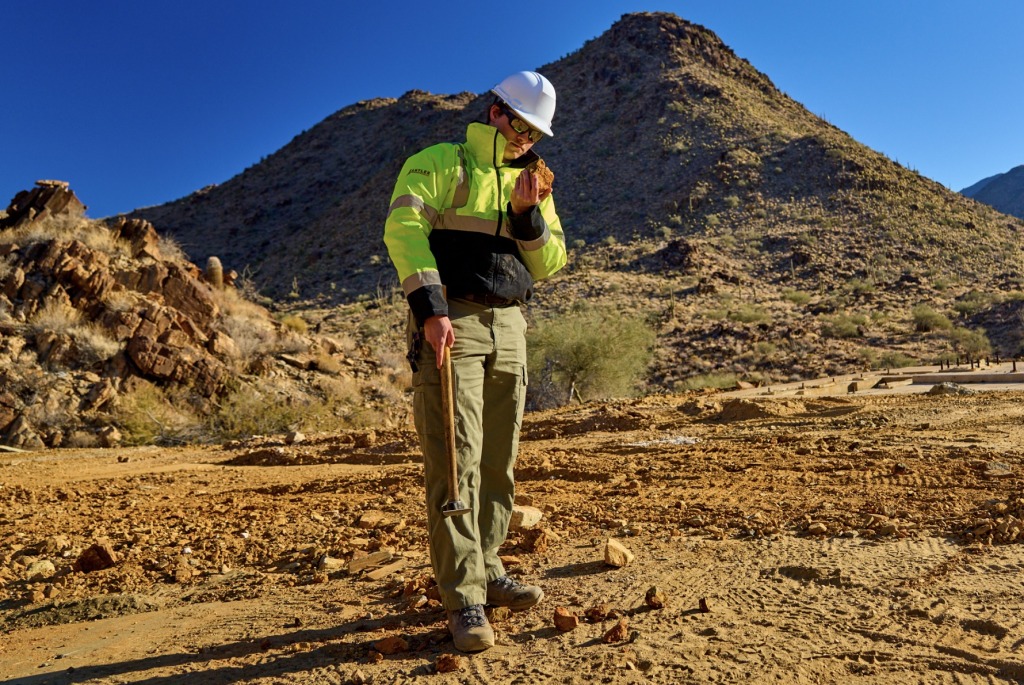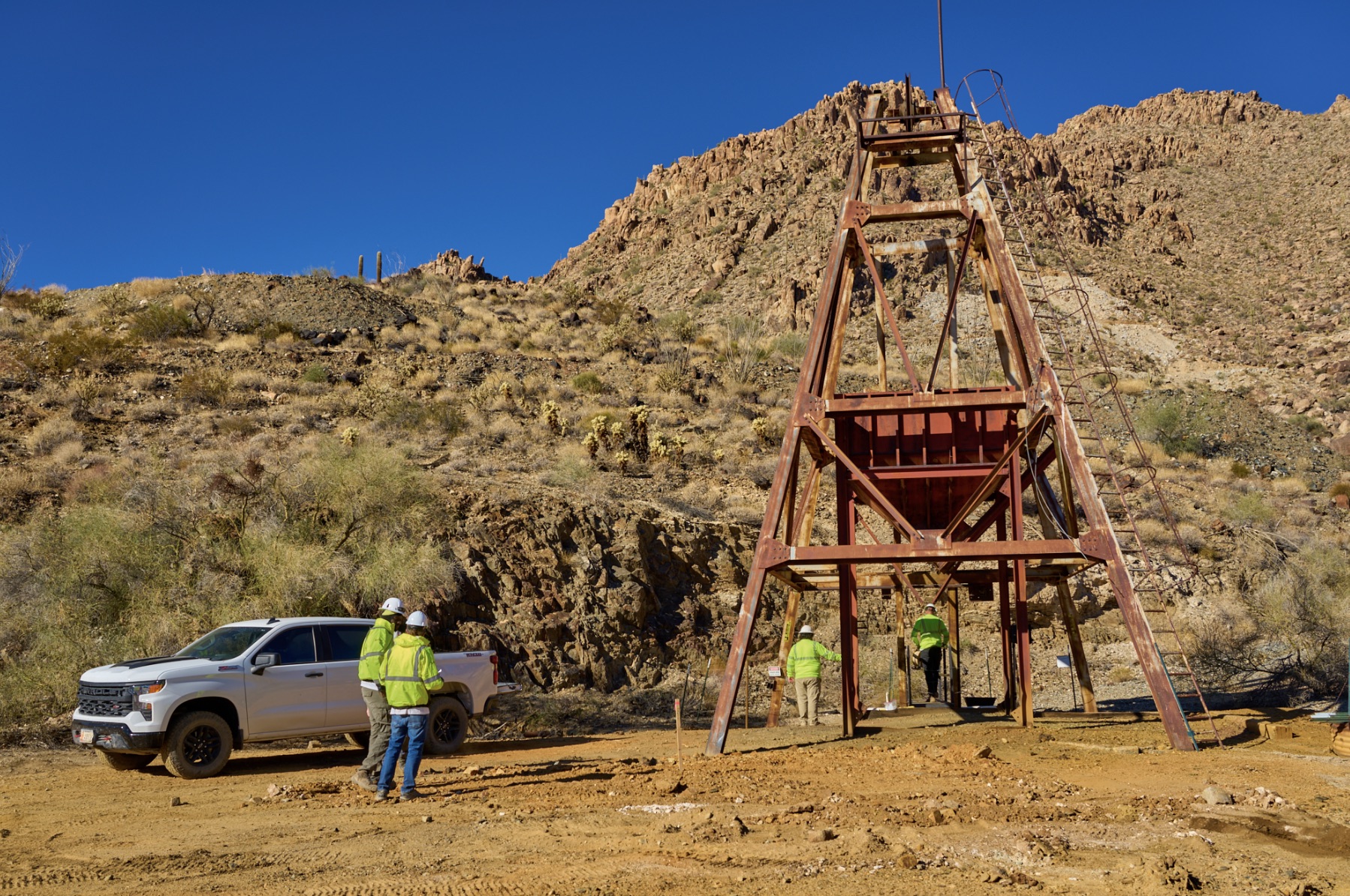
BUILDING A MODERN MINE
We take seriously the trust that Mohave County is putting into the Antler project to be a strong community partner.
WHAT WE DO
ANTLER COPPER PROJECT LOCATION
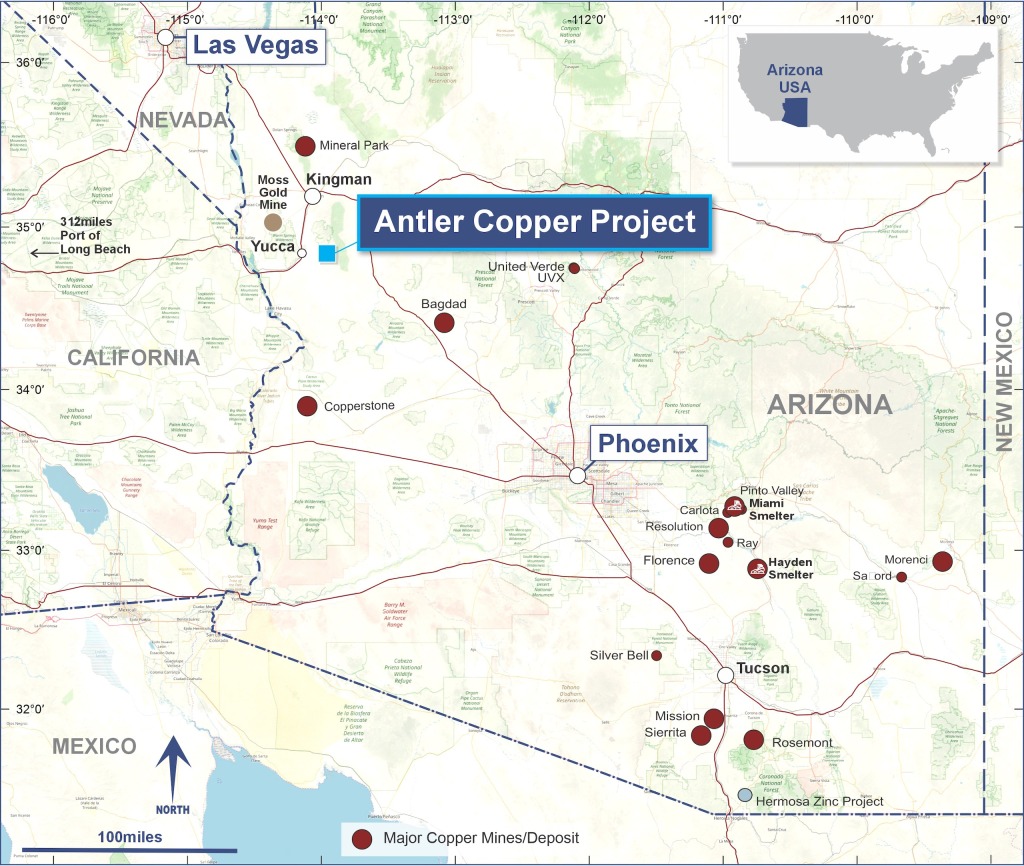
Located 99% on private land in a sparsely populated part of Mohave County, Arizona, about 20 miles south of Kingman. Antler Copper will use advanced technology, world-class engineering and industry best practices that prioritize environmental stewardship, community partnerships, and economic benefits for northwest Arizona.
Project
History
Arizona is the so-called Copper State for a reason: It produces 74% of all U.S. copper. The Antler Copper Project, one of the world’s highest-grade copper deposits, will add a new, sustainable chapter to this historic legacy.
The Antler Deposit, discovered in the late 1800s, was intermittently mined from 1916 to 1970. In January 2020, Antler Operations acquired the site, with the goal of advancing the project with a focus on high-grade mineralization and sustainable development.
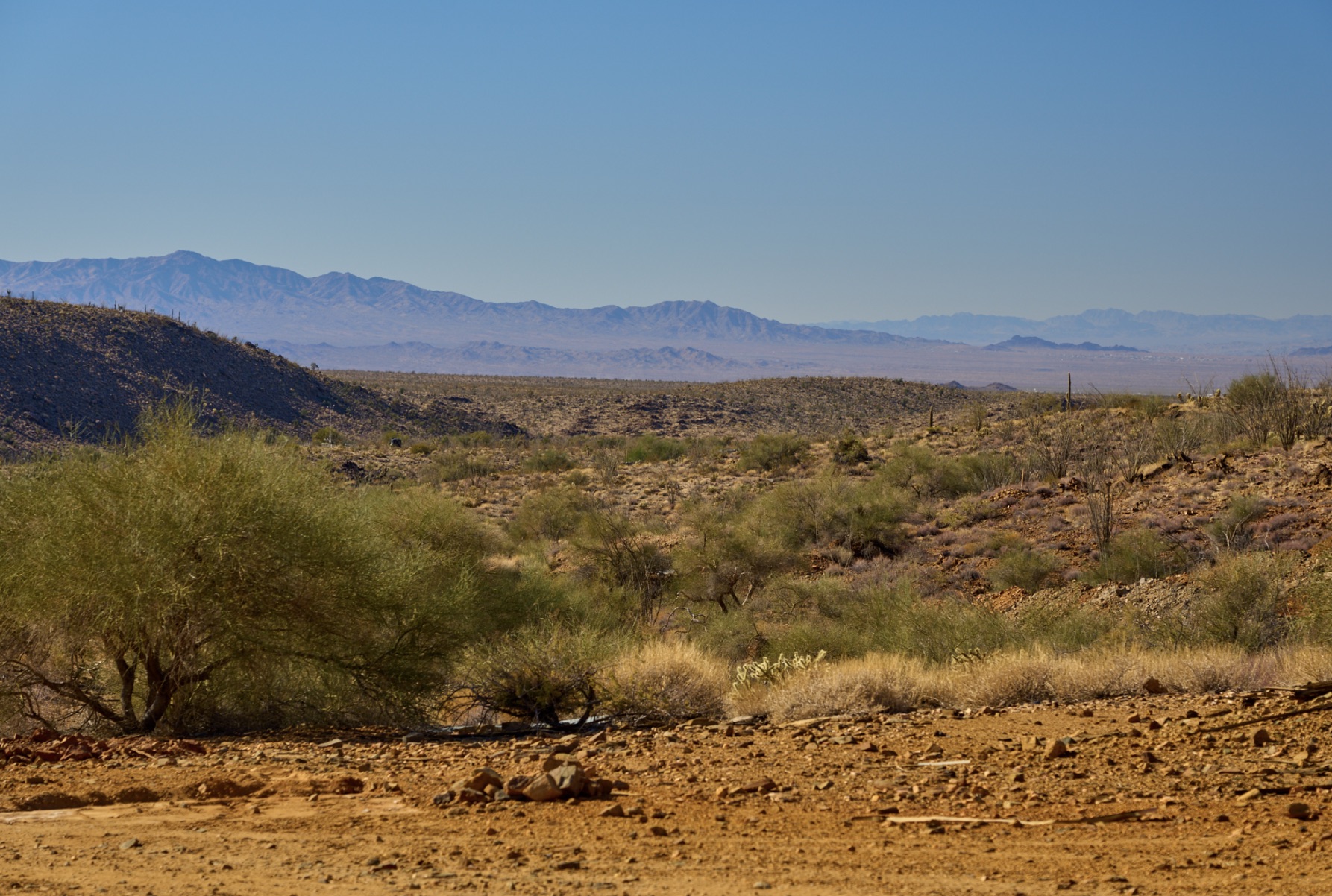
Modern Mining Technology
WHAT SETS US APART
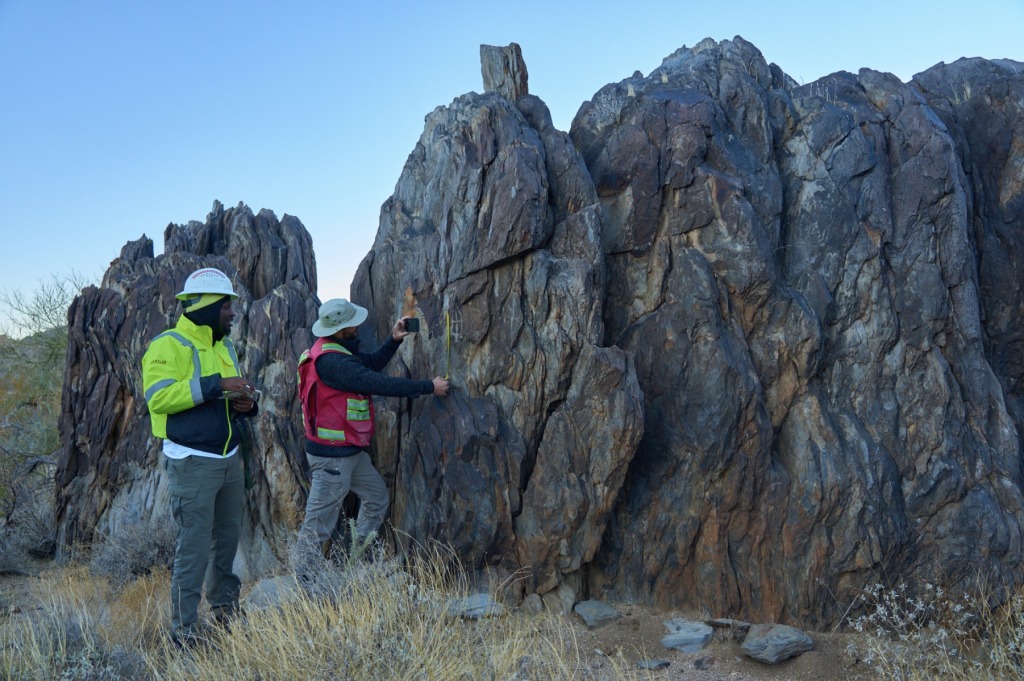
Mining technology has rapidly modernized over the last couple of decades. We’re going to put advanced technologies and world-class engineering practices to work to minimize our environmental impact.
For us, it starts with efficient water conservation, underground mining, and dry-stack tailings.
Our decision to design these features into our mine unlocks the ability for Antler to produce a domestic source of critical minerals more safely, efficiently, and sustainably.
OUR APPROACH TO
WATER MANAGEMENT
Unlike traditional mining, which is highly water-intensive, Antler will efficiently manage water at every stage to minimize use, maximize reuse, and protect and conserve local water resources.
Because water conservation is a top priority, we are designing a zero-discharge project site to capture, treat, and reuse all water. As a result:

We’ll capture 70% of water used through our dewatered tailings process and treat it in a state-of-the art facility so that water quality is better than we found it – and can be re-used in our operations.

We’ll treat local water we use to be better than we found it, meeting all Arizona Department of Water Resources (ADWR) standards.

We already conduct groundwater and well monitoring to understand water quality, levels, and how water sources replenish themselves before operations begin so that we can ensure their protection during operations. Check out our monitoring data here.
UNDERGROUND MINING PROCESS
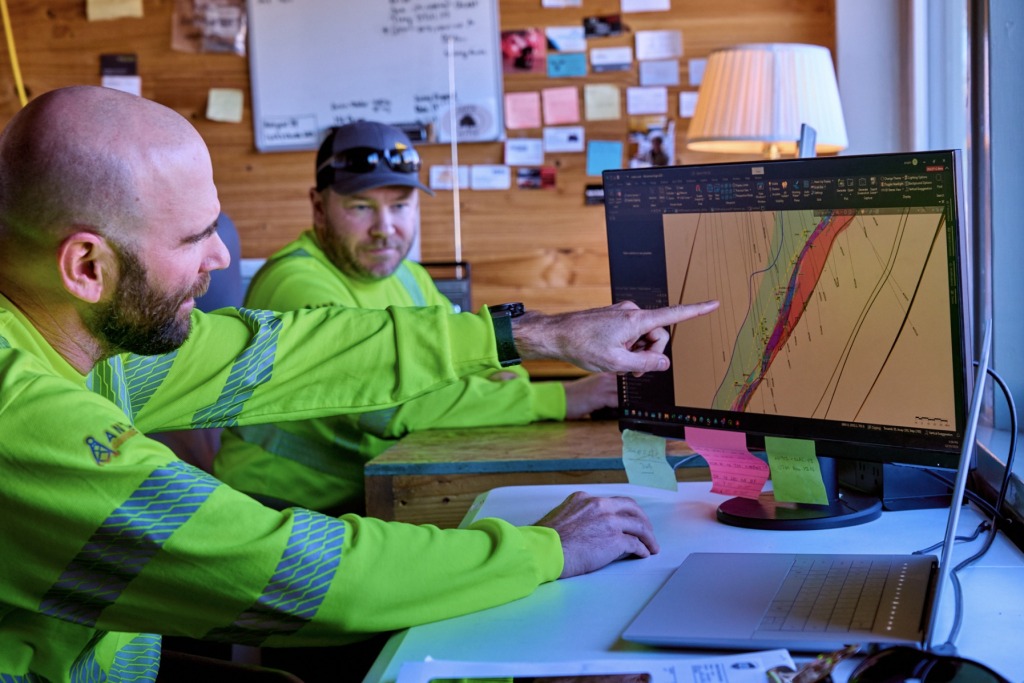
We can now safely and efficiently mine underground, which limits how much land is impacted on the surface, minimizes habitat disruption, and improves community and employee safety.
Antler will only impact about 171 surface acres of private land and two acres of Bureau of Land Management (BLM)-administered public lands. Unlike other regional copper mines that have thousands of acres of surface disturbance, the underground mine at Antler will have a minimal surface footprint.
Tailings Management
Conventional mines use water to transport and store their tailings but most of it is lost when the tailings dry out. Antler will utilize a double-lined dewatered (dry-stack) tailings storage facility (DTSF), which is globally regarded as an industry best practice because it minimizes water and land use and is a long-term solution for safely securing tailings.
Once in operation, about half of the project’s tailings will be mixed with a cement-like material, called “paste backfill,” to fill in underground openings, while the remainder will be filtered, dewatered and stored in the dry-stack facility, which is designed to the highest Arizona Department of Environmental Quality regulatory standards.
The DTSF’s fully-lined, double-barrier system will also capture any leaking water so it can be reused. We also continually check the water quality in downstream wells to ensure it meets the rigorous Arizona Department of Water Resources standards. Our long-term closure plan protects the surrounding ecosystem by ensuring the stability of the dry-stack tailings facility.
